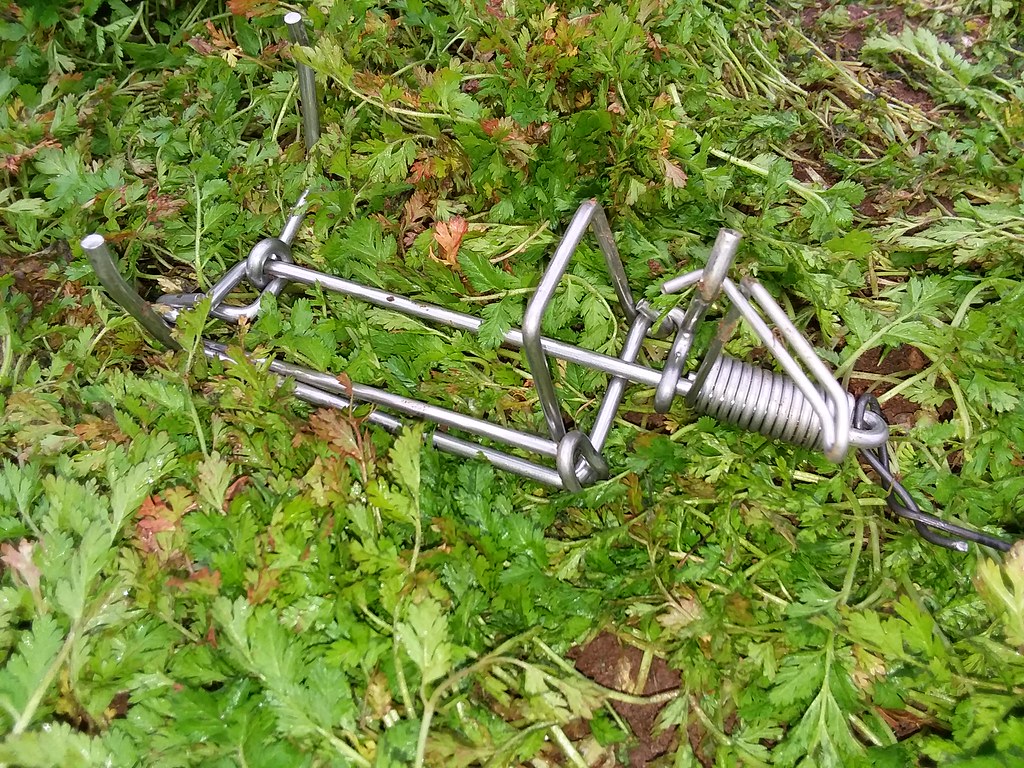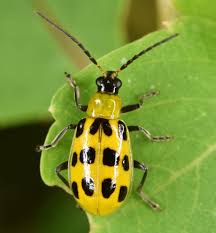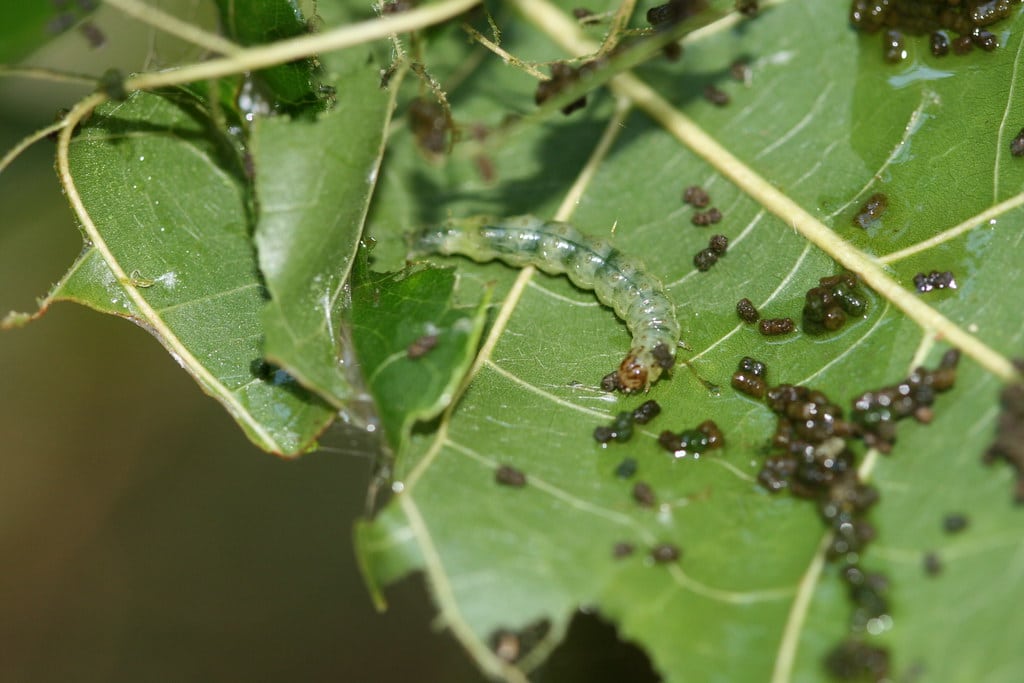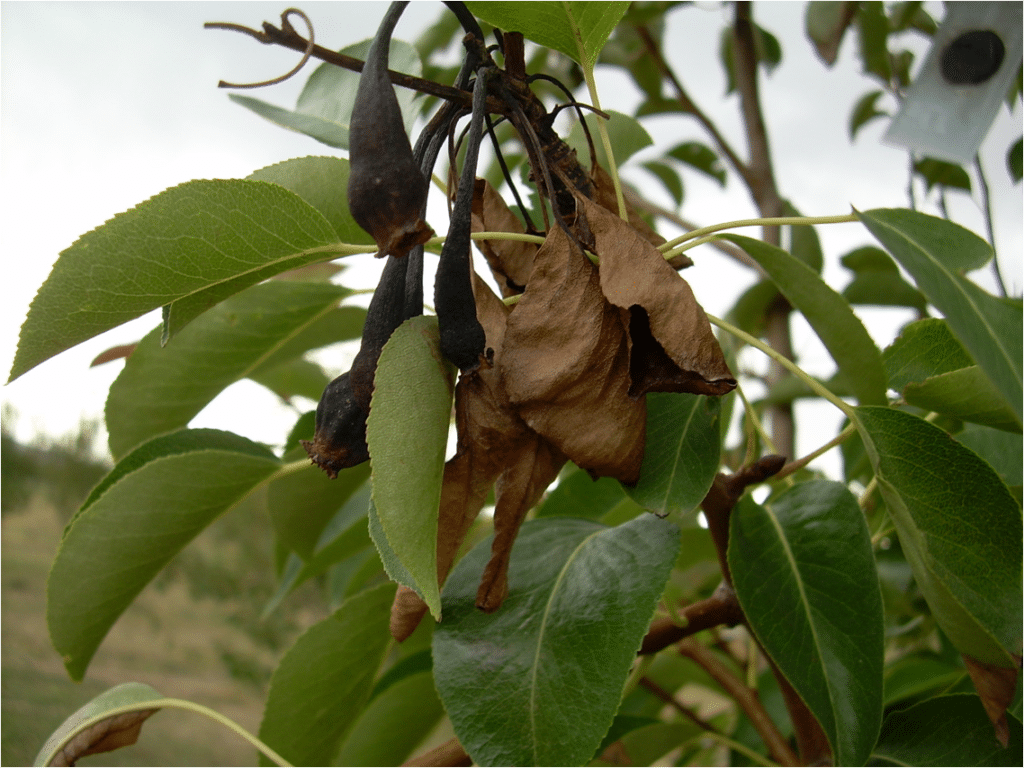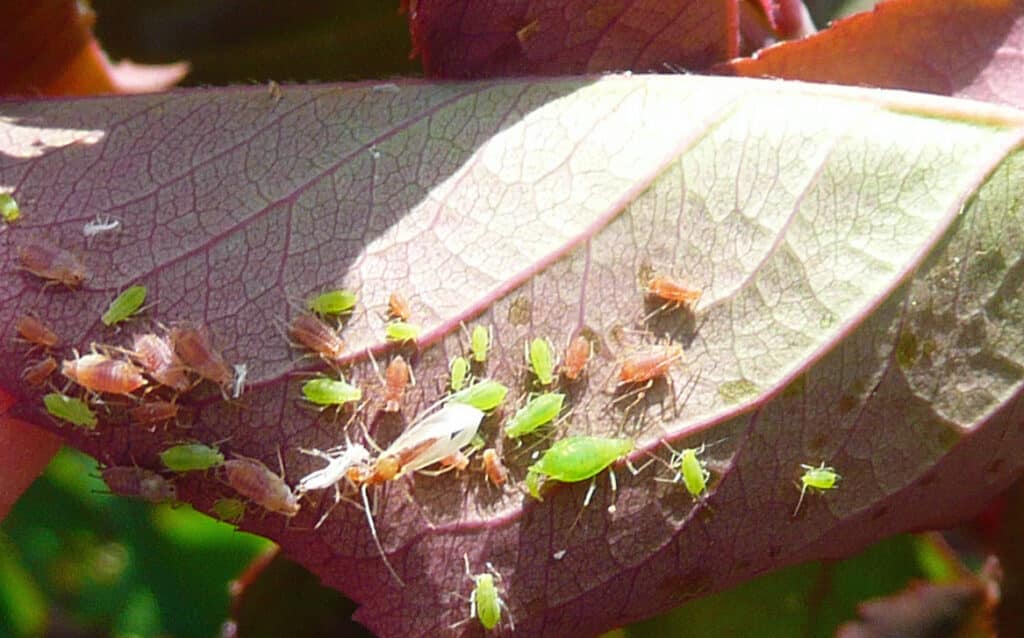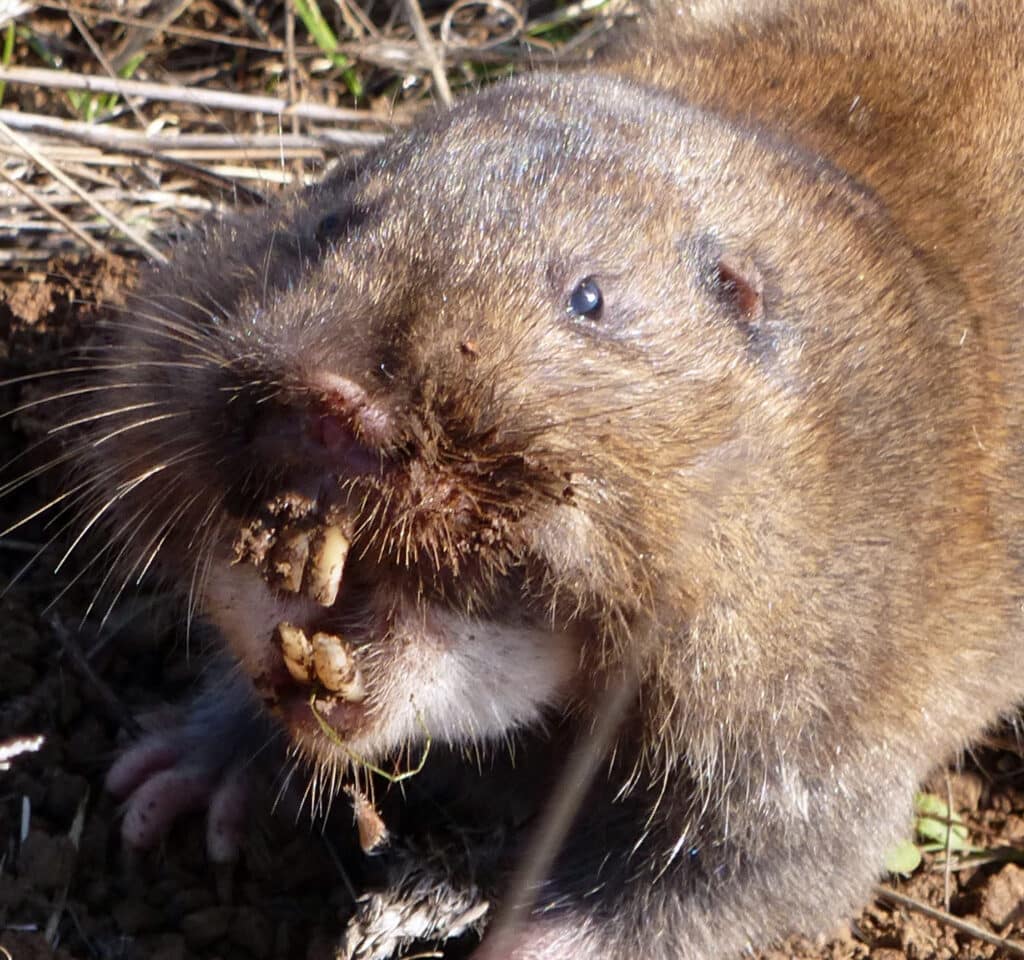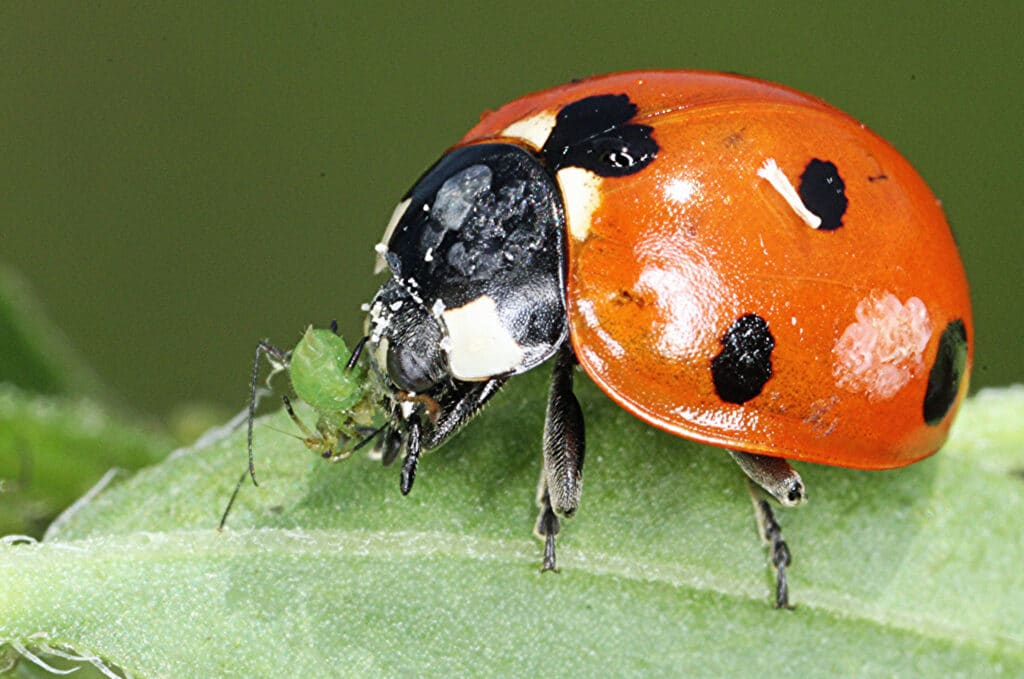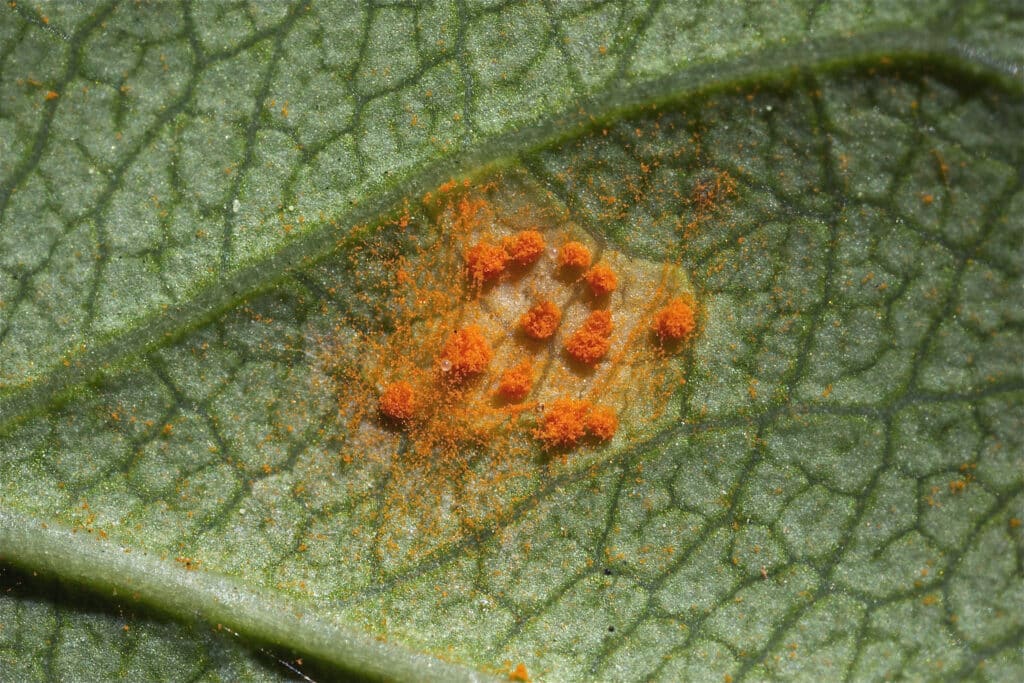Traps are the Most Reliable Way to Manage Gophers
Grrrrr – while merrily tending my roses, I’ve come across another victim of the dreaded beast – the gopher. If this is not one of the gardening challenges you face, you can stop reading now. Since I live in gopher heaven, each season I have to deal with the damage from this voracious pest. And […]
Traps are the Most Reliable Way to Manage Gophers Read More »
